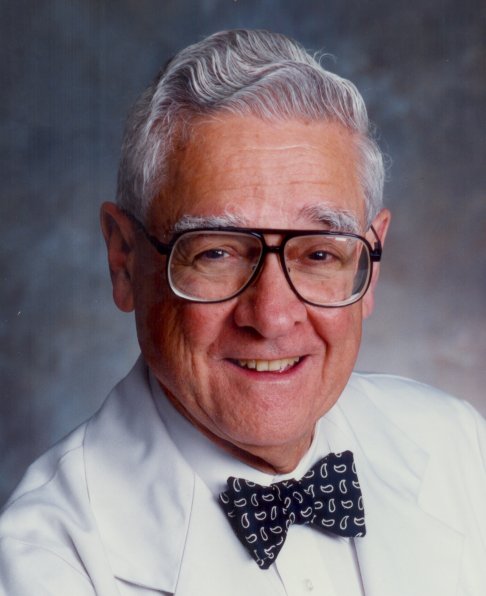
Heinz Kugler Photography

Heinz Kugler Photography
Thomas Naum James, M.D., M.A.C.P., was born on October 24, 1925, in Amory, Mississippi, to Naum and Kata (Evanova) James. He attended Tulane University, from which he obtained his B.S. (1946) and M.D. (1949) degrees. In 1948, he married Gleaves Elizabeth Tynes; they had three children.
Dr James devoted a unique life-long career to the combination of direct clinical responsibilities, teaching at virtually all levels at home and abroad on every continent, and continuing clinical and basic research which enhanced the caliber of patient care as well as teaching. Being a clinician, researcher, and teacher is not only not mutually exclusive, but often ends in major intellectual and societal contributions in all three fields.
He led an active research program in both the large and small coronary arteries and their relationship and interaction with the cardiac conduction system. Although he continued to see patients in a clinical context, he never engaged in experimental research on his patients through participation in clinical trials.
For over fifty years he engaged in many postmortem studies of the human heart, initially with the valuable support and shared participation by pathologists with whom this work was shared; but also, by design, with pathologists requesting demonstrations in Europe, South America, the Orient, as well as many interested colleagues in many medical institutions in the United States. Furthermore, also for over fifty years, he continually maintained an active experimental laboratory to examine normal behavior and medically or electrically altered function by the coronary arteries and/or the cardiac conduction system. This work was conducted in a wide variety of species ranging from the little brown bat (myotis lucifugus) to the sperm whale (physeter macrocephalus). On careful consideration of their respective anatomies, it was concluded that the canine heart was far more similar to all details of the human heart than any other species. However, differences in species sometimes introduce their own advantage such as the peculiar blood supply to the sinus node of the rabbit heart, or the consistent presence of a large bone in every beef heart.
During these research periods he was privileged to be appointed to the pathology faculty of the University of Alabama in Birmingham, and later at the University of Texas Medical Branch in Galveston.
His teaching responsibilities ranged from medical students to interns and residents, and (in many respects) many colleagues. The teaching experience was substantially enhanced by a large number of invitations to lecture and/or share research with colleagues in most countries of Europe and of South America, and also in Russia, China, Japan, Australia and New Zealand. On nearly all these occasions he spoke and discussed the subjects identified above with the use of a large collection and variety of color 35mm projected slides of histologic sections of normal and diseased heart tissue. This collection now numbers over 500,000 slides, from over 1,100 human hearts and several hundred animal hearts.
Over the years, Dr James began to assume administrative responsibilities in addition to, but never at the expense of, his research, teaching and clinical activities. In 1973 he became chairman of the Department of Medicine at the University of Alabama in Birmingham; in 1987 Dr James was chosen to be president of the University of Texas Medical Branch in Galveston, the first (and for 60 years the only) medical school in Texas. During this period he also served as president of the American Heart Association, president of the International Society of Cardiology (based in Geneva, Switzerland), and president of the Tenth World Congress of Cardiology (held in Washington, DC, in 1986). In addition he served in many administrative and consultative roles with the World Health Organization, requiring numerous personal visits to their Geneva headquarters.
Dr James retired from the University of Texas Medical Branch in 2004. He passed away at his home in Birmingham, Alabama, on September 11, 2010.
The present website, dedicated to Dr Thomas N. James, is the work of his family and friends. All comments on this site are welcome; our E-mail contact is webster at tnjames dot com.
Last update: 3 March 2019